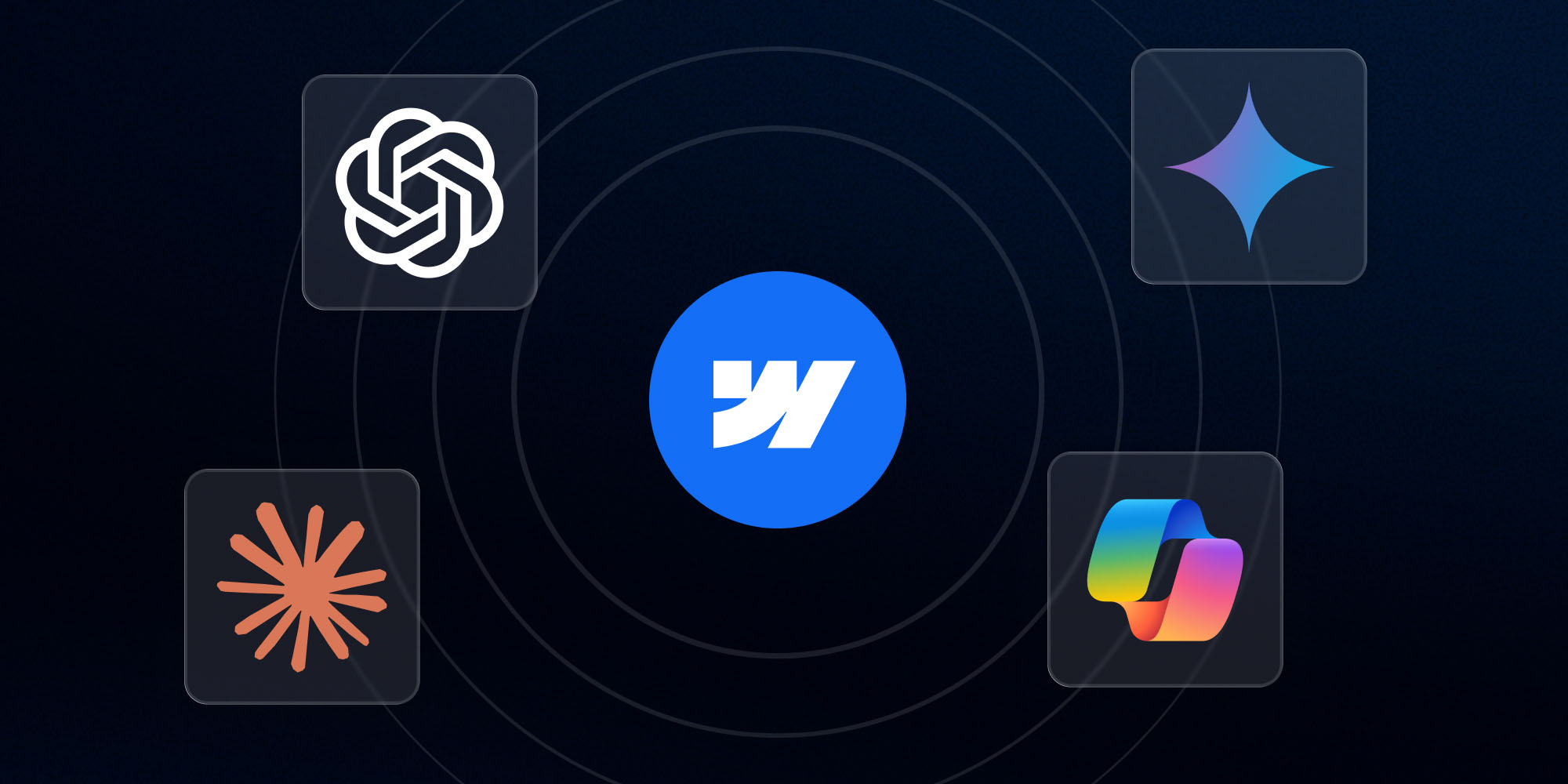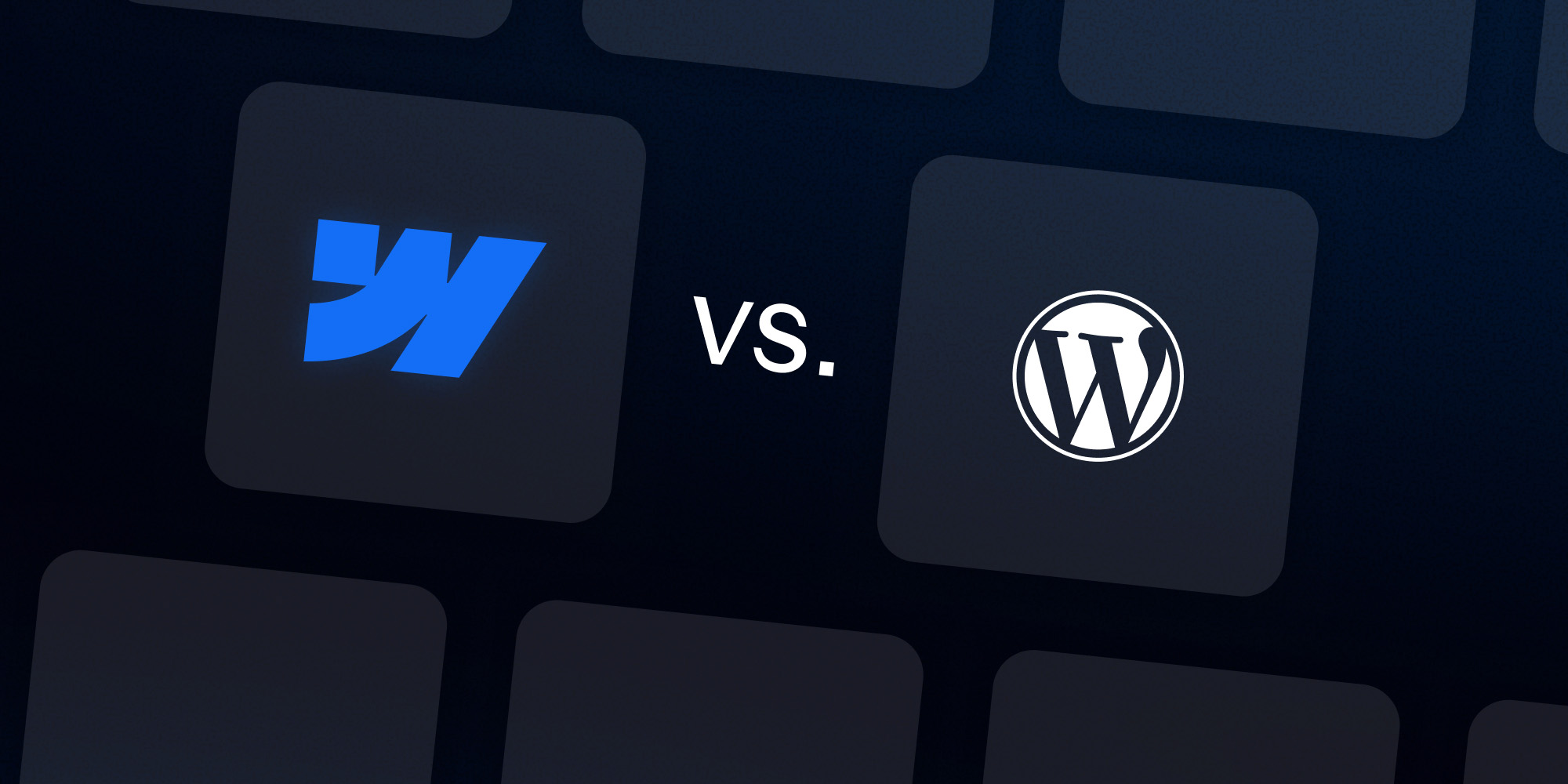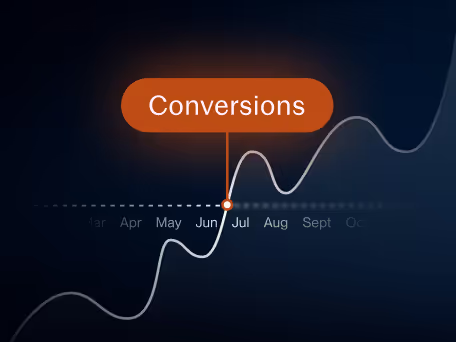























No-Code isn’t a niche. It’s the new standard
The modern web is no longer built by hand. And thank God.
In 2025, speed, iteration, and scale matter more than pixel-perfection or legacy CMS setups. That’s why no-code tools like Webflow and Framer have exploded into the mainstream. They shape how fast teams can ship, how well sites perform, and how confidently businesses can scale.
If you’re building anything that matters, something that needs to convert, scale, and last, then platform choice does matter. We’ve seen it firsthand, working with clients across Europe who came to us not just for websites, but for systems.
Different roots, different roads
Framer and Webflow might appear to live in the same category, but they developed out of different needs. On one hand, Framer emerged from the world of prototyping, built for quick, expressive, design-first workflows. It’s intuitive, lightweight, and polished. On the other hand, Webflow began as a visual coding tool, designed to bring structure, logic, and scalability to designers without removing technical depth.
Both have matured fast, but their trajectories haven’t converged. Framer is rooted in visual storytelling. Webflow is rooted in operational scalability. And for teams building digital infrastructure, that difference has its weight over time.
When Framer makes Sense
Framer shines in narrow, fast-execution use cases: portfolios, single-page sites, early-stage brand landers. The interface is smooth, and the design-to-deploy cycle is fast. If the goal is to launch something beautiful without backend complexity, Framer might be the solution.
But we’ve watched clients hit friction when they try to go beyond that. Structured content, team collaboration, localization, or performance-focused SEO, all introduce unique limitations that aren’t obvious at first. That’s when simplicity and agility become constraints.
Where Webflow wins the battle
Let’s be clear. We’re a Webflow agency. That’s not a preference, it’s a result.
When we’re asked to build platforms that integrate content, design, automation, and growth, Webflow is the only environment that keeps up without boxing us in.
It’s not about feature lists. It’s about creative control without technical compromise. Structured CMS with scale. Visual development with logic. Page design with reusable systems. Webflow allows us to move fast and build right.
When you zoom out, the underlying infrastructure supports that difference:
- Webflow supports up to 20,000 CMS items on standard plans, and more on enterprise tiers.
- Hosting bandwidth scales to 2.5 TB with add-ons.
- Code export is included. Your project is yours, fully portable, fully versionable.
- Localization is modular, letting teams scale content regionally without duplicating structure.
A closer look at the technical divide
Under the hood, the difference gets sharper. Framer’s CMS caps out at 20 to 30 collections, with limited clarity on content item ceilings. Hosting bandwidth is capped around 500 GB, and while localization is bundled, it lacks flexibility. There’s no official code export. This means that you're buying into a platform, not owning an asset.
Webflow, in contrast, was built with technical scale in mind. Its CMS structure is clear and powerful. Hosting performance grows with your traffic. Localization is modular and intentional. Code export is native.
To be clear, none of that makes it better in a vacuum… But it does make it more suitable for teams building sites that need to work as hard as they look.
The real question is 'What are you building for?'
Every tool has its moment. Framer can be the right starting point. But it’s worth asking what you’re building toward. Is your site a campaign vessel, or is it a performance platform? Do you need one page today, or a dynamic system that adapts as your product, team, or strategy evolves?
Webflow enables more than visual design. It supports operational growth. Not by adding clutter, but by opening creative and strategic pathways. That’s what we build into every Groove sprint.
What we’ve seen at Groove Digital
In our experience, we have noticed the signs. Brands hit scaling walls, not just in performance, but in maintainability. They outgrow static builds and need CMS structures that can evolve. They need control over SEO, performance, localization, and team workflows. And they need a platform that supports that without slowing them down.
Our process runs through Webflow, we don’t just build pages. We create reusable systems, modular design libraries, and automated flows. We hand off marketing-ready sites that support iteration without requiring reinvention. That’s why our clients come back, not because of the platform, but because of what it enables when used with craft.
When needs outgrow the platform
This is where most transitions happen. Not because something broke, but because something worked. The campaign drove traffic. The brand grew. The site needed to scale across content types, regions, or internal teams. And that’s when the underlying choice started to show. What began as an elegant solution became an operational blocker.
That’s when we usually get called in. And what we bring to the table is not just Webflow expertise. It’s systems thinking, translating business needs into modular, performing interfaces that support growth and scale instead of slowing it down.
Tools don’t build outcomes. Teams do.
The tools we choose shape what’s possible. They shape the speed of iteration. The clarity of structure. The resilience of the stack. And they shape the ceiling on what a site can become. Framer and Webflow are part of the same movement: breaking away from legacy dev models toward faster, more expressive, more scalable workflows. That’s a win for everyone.
But if you’re not just publishing, then the tools you choose need to support not just where you are, but where you’re going.
So instead of asking which tool is cooler, try asking: which tool supports my team in building what we need next, not just what we need now? The answer tends to reveal itself.
Ready to uplift your brand’s digital experience?

Read through more articles and other content items
How can we help you today?
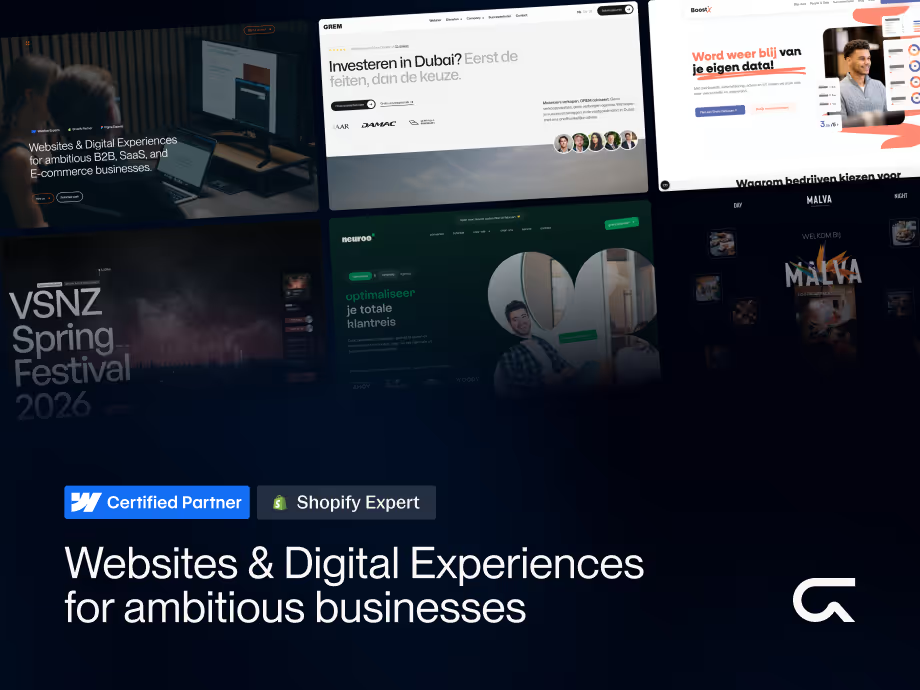
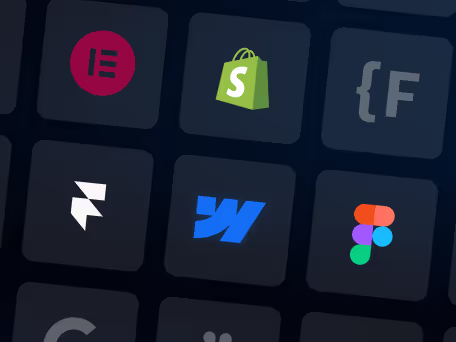
Some of our selected projects that hit the Groove




